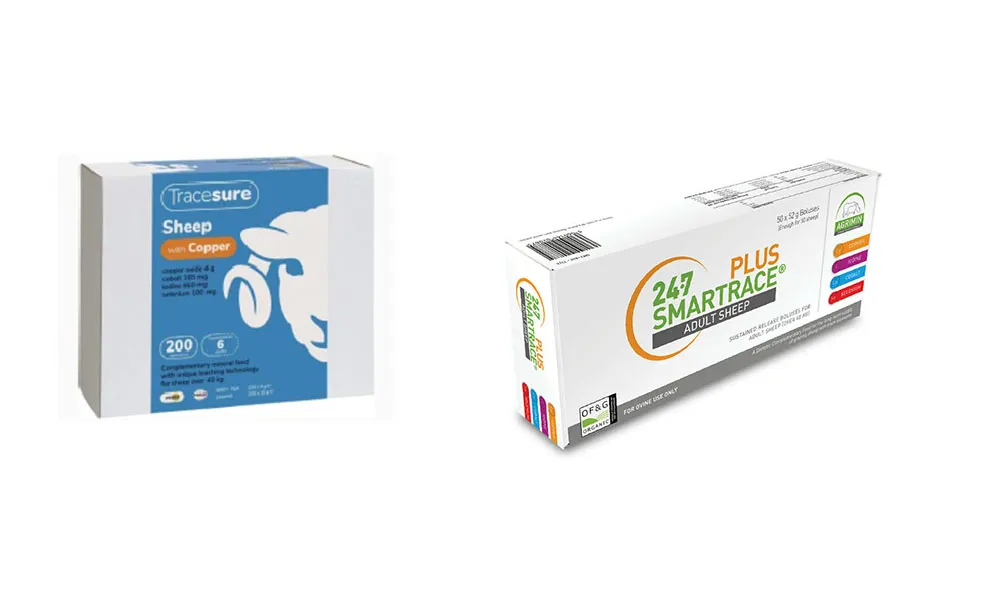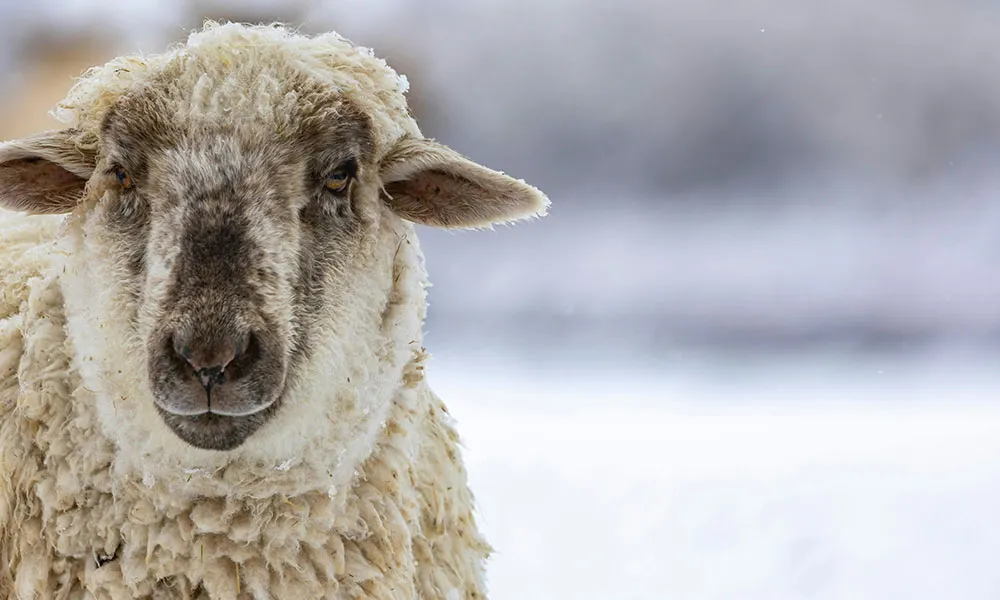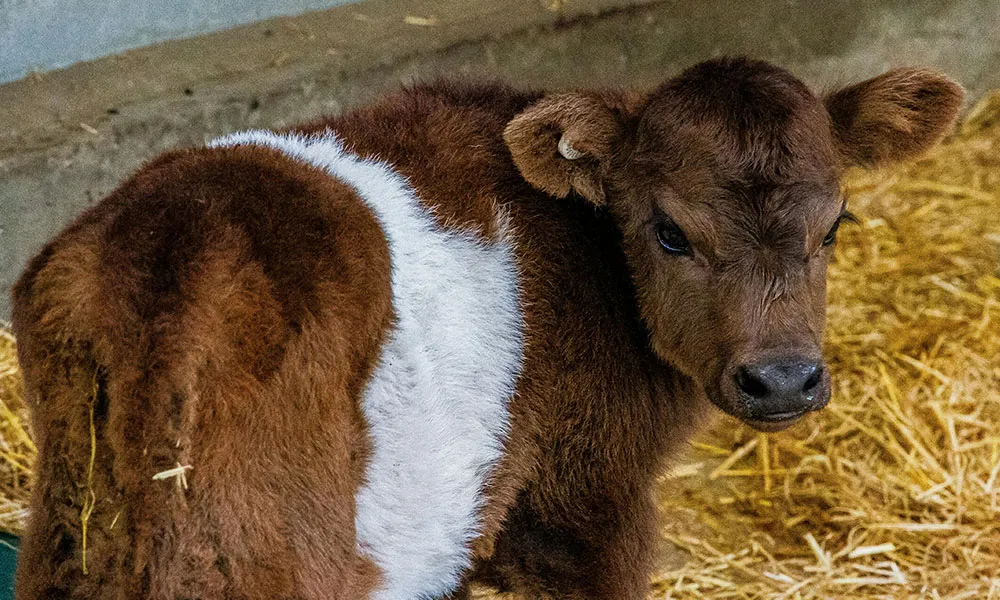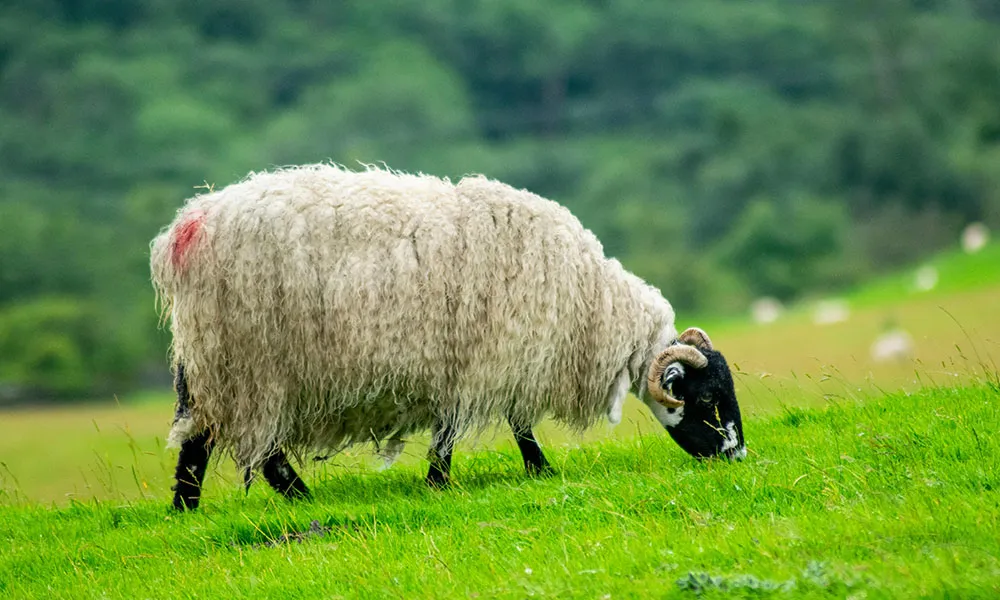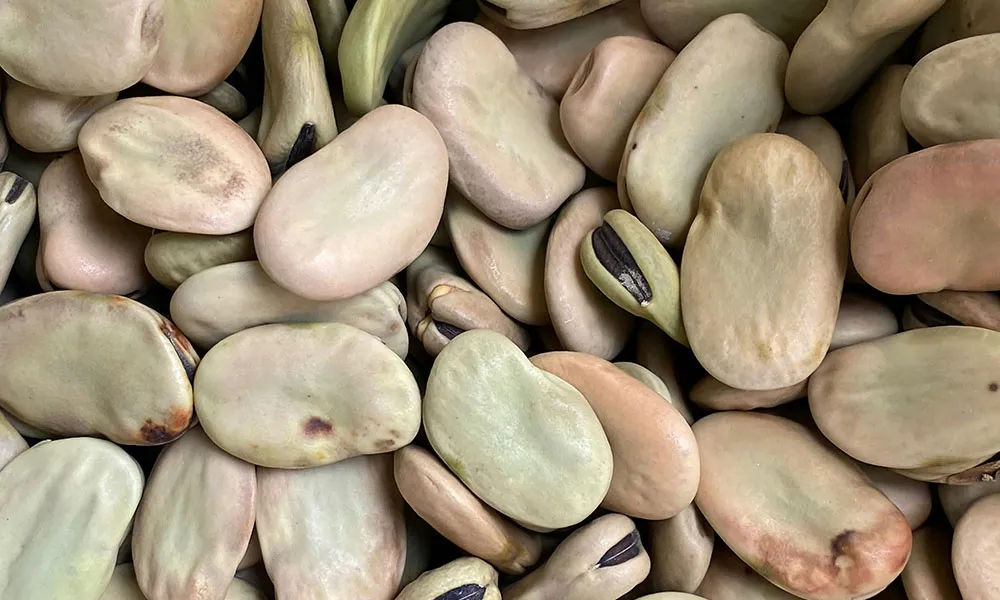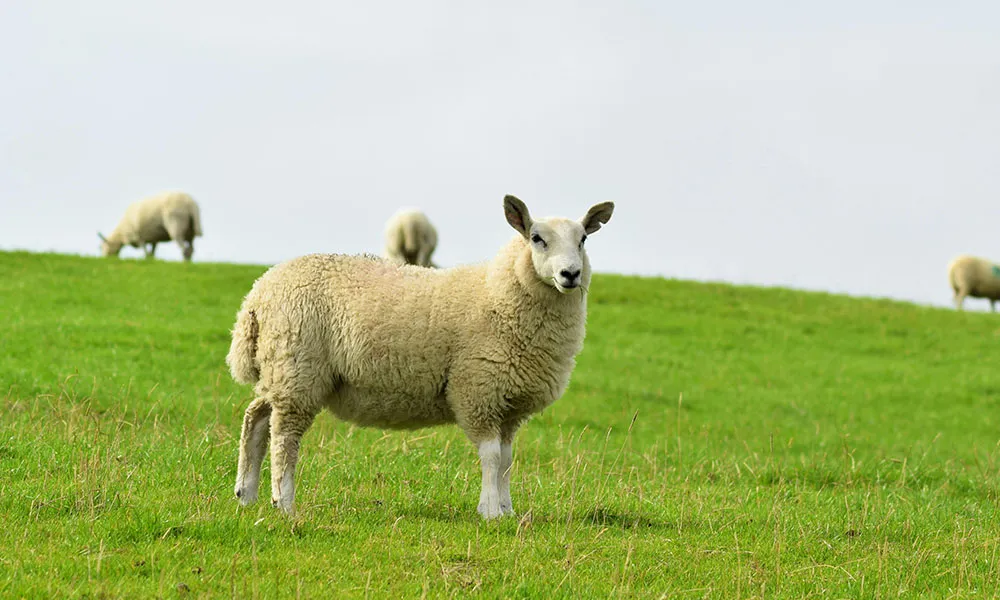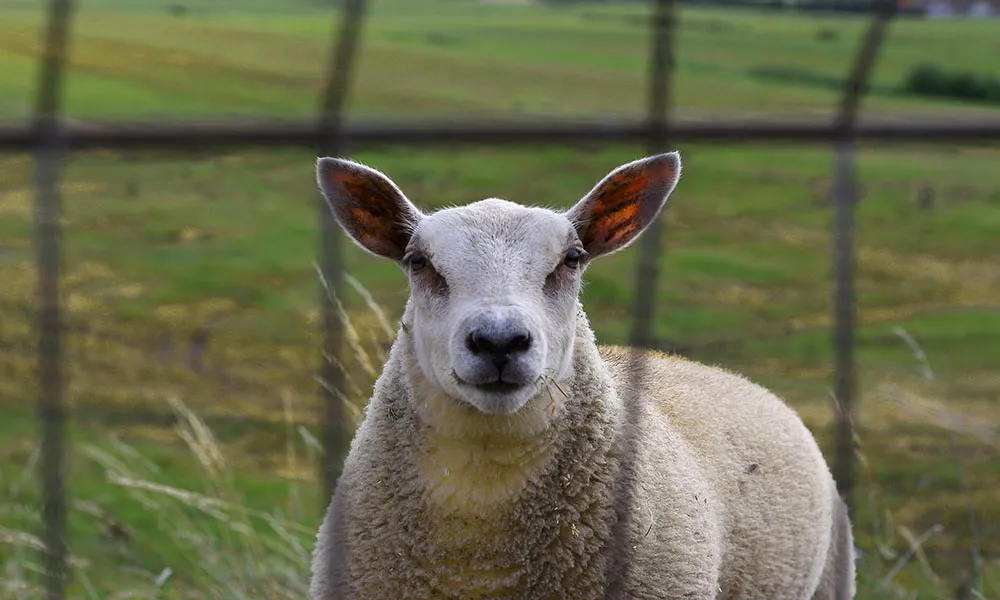
We are now halfway through the month of August. Warm weather conditions and excellent growth in recent weeks should mean that ewes will be in good physical condition ahead of tupping. However, this can never be taken for granted, especially as we are surely due a run of bad weather.
To account for unforeseen challenges, sheep farmers should start laying plans for a successful breeding season. Key considerations will be overall ewe and ram mineral status, animal body conditions score, and grassland management.
Health checks
It is essential that you conduct a rigorous health check on all breeding animals prior to the start of the season. In the case of ewes, check udders for any sign of infection or other indication of disease. Ewes lacking two healthy teats should be culled.
Similarly, check feet closely for signs of potential issues. Animals showing signs of chronic lameness should not be bred. Those suffering from footrot or scald should be separated from the flock and treated with an antibiotic or given a Formalin/zinc sulphate footbath. Ewes should also be checked for signs of parasitic infections (fluke, worms) and treated accordingly.
The same applies to rams when it comes to overall hoof condition. It is crucial that breeding rams are not suffering from lameness at point of introduction to the flock. Furthermore, you should check the penis and testicles closely for any signs of deformity that may impact performance. Watch out for lumps on the testicles, or testicles that seem to be either very small or overly large. These signs may signal fertility issues.
A fertility test is always recommended for breeding rams. There is simply too much at stake to rely on chance.
Body Condition Score
If you are planning for an early tupping, body condition score will need to be monitored from now on. Ideally, you don’t want your ewes to be either too fat or too thin at point of mating. Generally, I like to see ewes with a BCS of 3 at the time the ram is introduced. This will optimise her potential to conceive and carry a lamb for the months ahead. Ewes that are too heavy or too light may struggle, both to conceive and to give birth.
Tupping season takes its toll on the ram as well, so you will need to make sure your flock’s sire is in good physical shape at the point of introduction to your ewes. Generally, a BCS of 4 is ideal for rams. It is no harm for the ram to be a little fatter than the ewes, as he will have little time to eat if he is to cover between 30 and 60 ewes in the space of a few weeks.
Supplementation
Before the start of the breeding season, I would recommend that you administer a high-quality vitamin and mineral supplement to all breeding animals in your flock. This will help to ensure that animals are not dealing with deficiencies that could inhibit their ability to conceive/inseminate. Products like Breeding Ewe and Sheep Boost have been designed to ensure that breeding animals have the store of vitamins, minerals and trace elements needed to safeguard health during the challenges of conception, gestation and birth.
These products are very affordable and I have always considered them an excellent insurance policy against winter losses and birth defects. However, if you find that liquid supplements are not potent enough to meet your animals' needs, you may also consider administering a bolus. These are more expensive than the liquid products mentioned above, but their slow-release technology offers a longer-term guarantee of adequate supplementation.
Grassland management
Management of available pasture is a critical part of all successful plans for the tupping season. It is important that you utilise your grass in a way that guarantees sufficient feed for ewes from point of conception to point of birth and lamb-rearing. In the first instance, this necessitates the creation of paddocks a few weeks prior to tupping. In order to “flush” ewes, you will want to turn them onto lush grass a couple of weeks prior to introduction of the ram. Access to high-quality feed will help to bring ewes on heat quickly, ensuring a shorter lambing season for you.
After ewes have been covered, you will want to rotate pregnant animals onto fresh grass. You should manage your paddocks during the gestation months to ensure that ewes are never grazing on bare fields.




